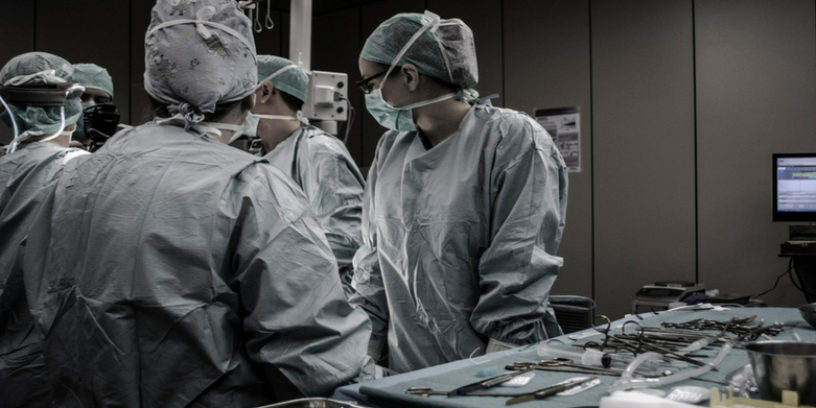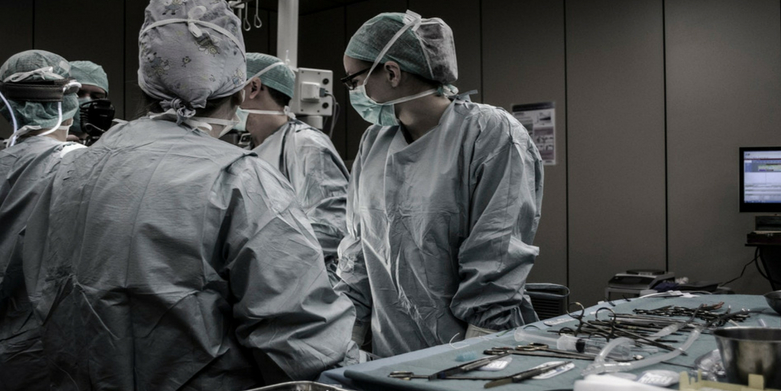 Read time 2 min
Read time 2 min
The continuous enhancement of innovation is considered disruptive technologies in many fields. However, some of the most advanced and beneficial technologies have been in the field of surgical treatments – diagnostic imaging to be exact. Mammography, ultrasonography, CT scans, MRIs and so on have been propelled by technology developments. This has revolutionized the way doctors perceive and use imaging for surgeries and procedures. Unlike the process of imaging before a surgery, doctors are now able to view it real time while operating, enabling decision making easier. However, in spite of this radical evolution of healthcare, the display is still a 2d screen with different images in no particular sequence, thus requiring years of skill for the doctor to create a coherence and take a quick decision, all this while operating on the patient.
Surgeons have always been on the lookout for better and finer technology to make surgeries a painless process for both the patient and the doctor. Augmented reality (AR) evolved which is a set of technologies to superimpose digital information on the physical world. Augmented reality is artificial information achieved by using superimposed images, videos or computer generated models. To cite and example, a doctor with an augmented reality headset on would be able to see digital images with vital signs and data of the patient hovering over the patient, while performing the surgery without having to look away from the patient.
Augmented reality in healthcare can decrease errors and save many lives. An operating theatre has a whole team of surgeons working on a patient – nurses, surgeons, anaesthesiologists and others to monitor the patient’s physiology and administer the required medication. Even with a huge team, the surgeon is obliged to take many decisions during the course of the surgery. With augmented reality’s integrated into health care, doctors just need to focus on the patient with the vital data hovering over the patient for reference. This eradicates the tangle of monitors and data displays distracting the doctor from the patient. Instead of an array of scanning machines, endoscopy, ultrasound, augmented reality provides a shared display, reducing the redundant machines and also merging all the necessary physiological and vital data from various screens.
Augmented reality is being welcomed with open hands, but it does not come without its share of hiccups. There are a few technical glitches like the hardware usage or the positioning if the images, all of which are workable. Companies are investing in making augmented reality a commonplace to not only reduce costs but also provide improved healthcare.







